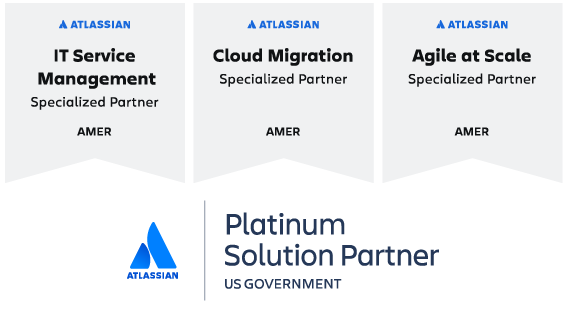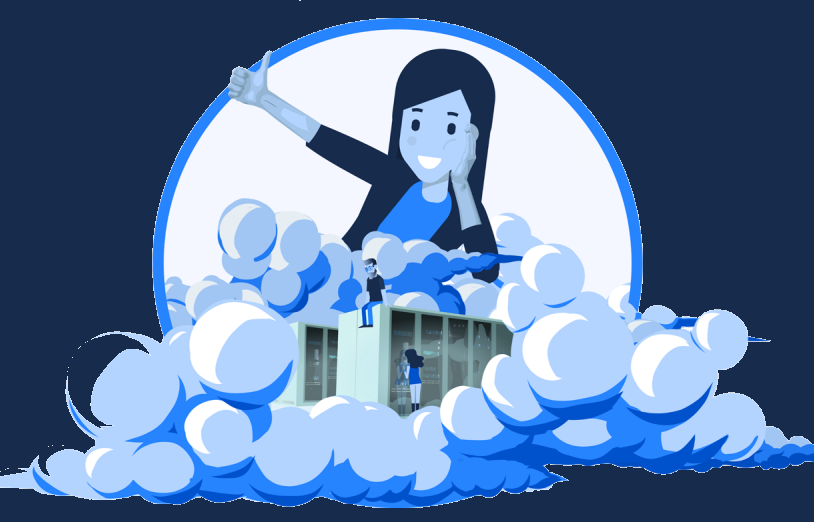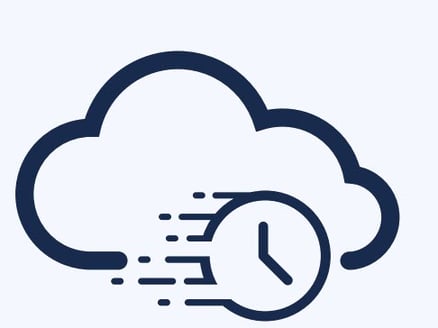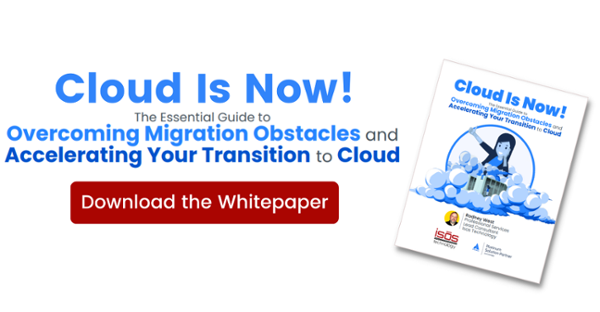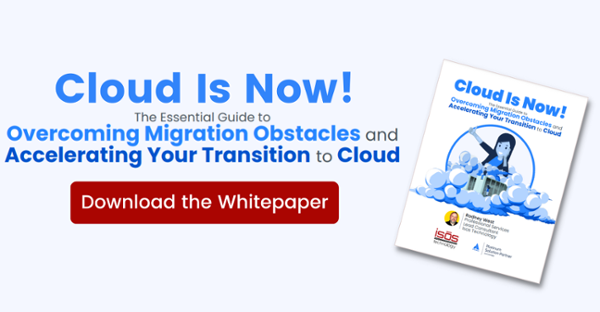Overcoming Key Barriers to Cloud Migration
We see three primary areas of concern that cause organizations to postpone migrations to Atlassian Cloud: security and compliance, application feature and functionality parity, and cost concerns.
Overcoming Security, Compliance, and Data Residency Concerns
In migrating to Cloud, security, compliance, and data residency concerns are always top priority, and rightfully so. These can be some of the strongest sticking points, and we have grouped them together because companies typically must undertake their own, independent research to determine if Cloud is right for them. Fortunately, Atlassian simplifies this research by making all the necessary information available in its Trust Center.
- Compliance
Atlassian designed its Cloud deployment option with regulatory frameworks in mind, and it is already compliant with some of the most common industry standards, including ISO 2700, SOC 2, SOC 3, FedRAMP, PCI DSS, and VPAT. Compliance may only apply to certain products, or may be contingent on how the instance is implemented.
- Data Residency
Your data typically resides in the region closest to where most of your users are, although Atlassian does offer data residency (currently available in the U.S., Europe, and Australia) for companies that need to closely manage where their data is stored. While as of this writing, Atlassian does not yet offer data residency for apps, it is on the roadmap for Jira Software, Confluence, and Jira Service Management.
- Security
Atlassian takes a multi-pronged approach to security—the company builds it into products, adheres to operational best practices, and partners with industry leaders in user provisioning and access management, among many other practices.
Find detailed information about compliance on the Atlassian Trust Center compliance page.
Find detailed information about data residency on the Atlassian data residency page.
Find detailed information about security on the Atlassian Trust Center security page.
Overcoming Third-Party App Feature and Functionality Parity Concerns
Since Atlassian Cloud’s web-based architecture is fundamentally different from Server and Data Center, Atlassian and its Marketplace vendors must build Cloud versions of their apps from the ground up, which has advantages and disadvantages. On the plus side, the redesigned apps can take full advantage of Cloud infrastructure, with tighter integration and improved functionality. However,
vendors may not have built Cloud versions of their apps yet, or the apps that have been built might not have feature and functionality parity.
When organizations migrate to Cloud, however, their processes often evolve, making some apps unnecessary, or at least not as critical. Additionally, new apps in Cloud may offer increased functionality, replacing multiple on-prem apps that were needed previously. It is even possible that some of the functionality an organization previously used apps to solve for will be native in Cloud versions of Atlassian tools like Confluence and Jira. Another option also exists—Atlassian Solution Partners like Isos Technology may be able to offer custom scripting solutions to bridge any feature gaps.
The big takeaway here is this: it may take some ingenuity and effort, but the vast majority of parity issues can be resolved.
To learn more about migrating third-party apps, read our whitepaper: Migrating to Atlassian Cloud? Seven Key Decisions to Make about Apps.
To learn more about migrating ScriptRunner, read our whitepaper: The Essential Guide to Migrating to ScriptRunner for Jira Cloud.
Overcoming Cost Concerns
The upfront costs associated with a migration to Atlassian Cloud can be substantial, and while they need to be planned and budgeted for, they are only part of the equation. Organizations planning to migrate should consider the total cost of ownership—the upfront migration costs relative to the long-term, quantifiable savings and other non-quantifiable economic benefits of investing in Cloud.
The total cost of ownership, including both the hard costs related to migration and the savings incurred post-migration, varies broadly from organization to organization. Atlassian has some excellent tools on its website to help companies estimate Cloud licensing fees. At Isos Technology, we also make it a practice to provide a Total Cost of Ownership Analysis™ as part of our estimating process. This helps our clients gauge what their expenses related to Atlassian may be for the first few years after the migration, and when they might begin realizing a return on investment.
To help organizations understand the financial impact of migrating to Atlassian Cloud, Atlassian commissioned a Forrester report, The Total Economic Impact of Atlassian Cloud. In this report, actual migration costs and subsequent savings for four Atlassian customers are aggregated in a composite organization that achieved 155% ROI and $1.79M in savings with a payback period of only 6 months by migrating to Atlassian Cloud.
Savings came from a reduction in Atlassian licensing fees due to improved user management, a reduction in third-party app licensing fees due to app consolidation and enhanced native Cloud functionality, a reduction in hardware and hardware maintenance fees, an increase in workforce productivity, and a reduction of labor associated with Atlassian administrators.
To learn more about the economic impact of migrating to Atlassian Cloud, read the whitepaper: The True Cost of Migrating to Atlassian Cloud.


